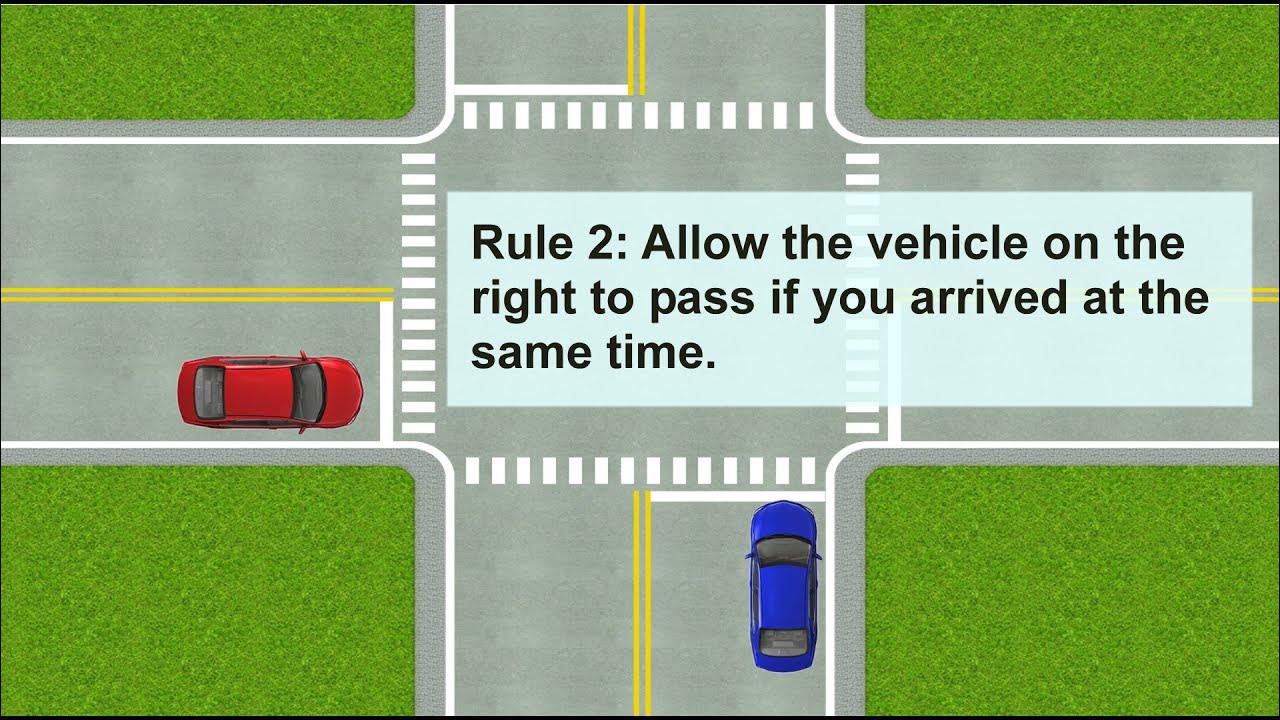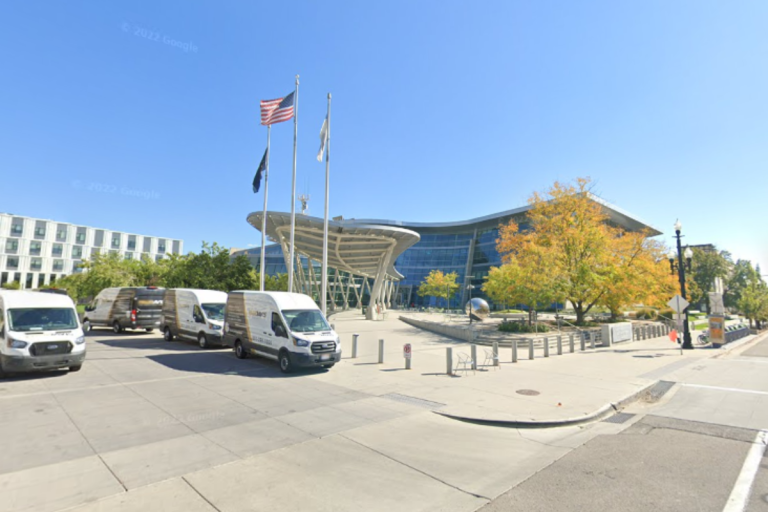Navigating the roads of Detroit requires a comprehensive understanding of right-of-way rules to ensure safety and compliance with Michigan traffic laws. Right-of-way determines which vehicle has the precedence in various driving scenarios, and adhering to these rules is crucial for preventing accidents and maintaining orderly traffic flow. This article delves into the key right-of-way regulations applicable in Detroit, Michigan, providing drivers with essential information to navigate the roads safely.
Understanding Right-of-Way
Right-of-way refers to the legal right of a pedestrian or vehicle to proceed with precedence in a particular situation or place on the road. Michigan law outlines specific scenarios where drivers must yield to others, and understanding these situations helps in making informed driving decisions.
Intersections
Intersections are common areas where right-of-way rules are vital:
- Uncontrolled Intersections: When approaching an intersection without traffic signals or signs, Michigan law stipulates that the driver on the left must yield to the vehicle on the right if both arrive simultaneously. This rule helps prevent confusion and potential collisions.
- Controlled Intersections: At intersections regulated by stop signs or traffic signals, drivers must adhere to the signals. If a traffic signal is malfunctioning and displays no lights, drivers are required to stop before entering the intersection, yield to any vehicles already in the intersection or approaching closely, and proceed with caution.
Left Turns
Making left turns demands careful attention to right-of-way rules:
- At Intersections: A driver intending to turn left must yield to oncoming traffic that is within the intersection or so close as to pose an immediate hazard. After yielding and signaling appropriately, the driver may proceed with the turn, ensuring it is safe to do so.
- Non-Intersection Areas: When turning left at a location other than an intersection, such as into a driveway or private road, the driver must yield to oncoming vehicles that constitute an immediate hazard.
Merging and Lane Changes
Proper merging techniques are essential for smooth traffic flow:
- Entering Highways: Drivers merging onto a highway from an entrance ramp must yield to vehicles already traveling on the highway. It’s the merging driver’s responsibility to adjust their speed to fit safely into the traffic flow.
- Lane Reductions: When lanes merge into a single lane, drivers must yield to traffic already in the lane they are entering. Courtesy and communication, such as using turn signals, play significant roles in these situations.
Pedestrian Crossings
Pedestrian safety is a priority in Michigan:
- Crosswalks: Drivers must yield to pedestrians crossing the roadway within any marked crosswalk or at an intersection with no marked crosswalk. This includes yielding to pedestrians on the driver’s half of the roadway or approaching closely from the opposite side.
- Sidewalks: When emerging from an alley, driveway, or building, drivers must stop before driving onto a sidewalk and yield to any pedestrians.
Emergency Vehicles
Special provisions are in place for emergency situations:
- Approaching Emergency Vehicles: Upon the immediate approach of an authorized emergency vehicle with active audible and visual signals, drivers must yield the right-of-way by pulling over to the right-hand edge or curb of the roadway and stopping until the emergency vehicle has passed.
- Stationary Emergency Vehicles: When approaching a stationary emergency vehicle with flashing lights, drivers are required to reduce their speed by at least 10 mph below the posted speed limit and, if possible, move over to create an empty lane between their vehicle and the emergency vehicle. This law aims to protect emergency personnel working on the roadways.
Funeral Processions
Respecting funeral processions is both a legal requirement and a matter of courtesy:
- Right-of-Way: Vehicles in a funeral procession have the right-of-way. Other drivers must yield and may not drive between vehicles in the procession, except when directed by a police officer.
Railroad Crossings
Safety at railroad crossings cannot be overstated:
- Yielding to Trains: Drivers must yield the right-of-way to any approaching train and may not proceed until they can do so safely. This includes stopping when signals indicate an approaching train and not crossing until the train has passed and it is safe to do so.
Common Misconceptions
Several misconceptions about right-of-way can lead to dangerous situations:
- “First Come, First Served”: Some drivers believe that the first vehicle to arrive at an intersection has the right-of-way. While this can be true in some situations, it’s essential to follow established right-of-way rules rather than assuming precedence based solely on arrival time.
- Pedestrians Always Have the Right-of-Way: While pedestrians have significant protections, they also have responsibilities. Pedestrians must not suddenly leave a curb and walk or run into the path of a vehicle that is so close that it is impossible for the driver to yield.
Conclusion
Understanding and adhering to right-of-way rules in Detroit is essential for all road users. These laws are designed to facilitate safe and efficient traffic flow and to protect drivers, passengers, pedestrians, and emergency personnel. By familiarizing oneself with these regulations and practicing courteous driving habits, individuals contribute to a safer driving environment for everyone. Always stay updated with the latest traffic laws and exercise caution in all driving situations.
Disclaimer – Our editorial team has thoroughly fact-checked this article to ensure its accuracy and eliminate any potential misinformation. We are dedicated to upholding the highest standards of integrity in our content.

























+ There are no comments
Add yours